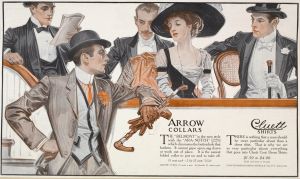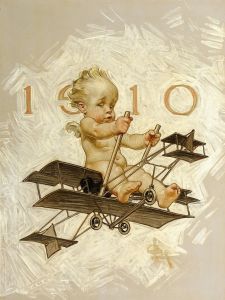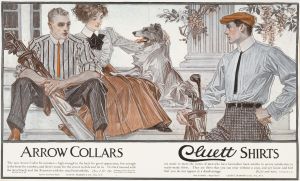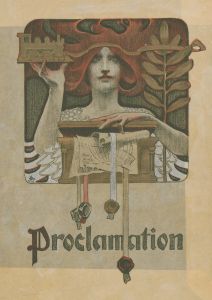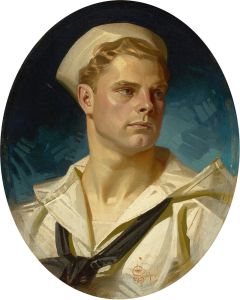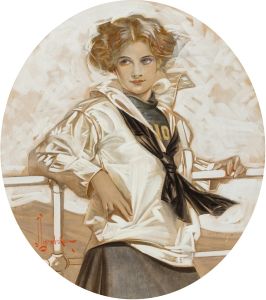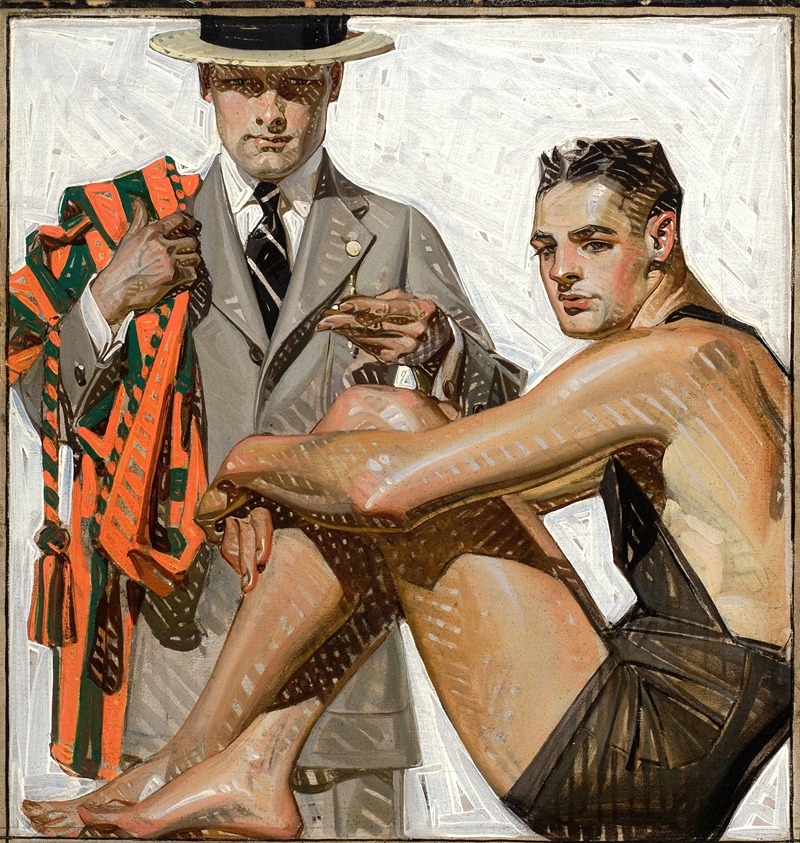
Record Time, Cool Summer Comfort, House of Kuppenheimer ad
A hand-painted replica of Joseph Christian Leyendecker’s masterpiece Record Time, Cool Summer Comfort, House of Kuppenheimer ad, meticulously crafted by professional artists to capture the true essence of the original. Each piece is created with museum-quality canvas and rare mineral pigments, carefully painted by experienced artists with delicate brushstrokes and rich, layered colors to perfectly recreate the texture of the original artwork. Unlike machine-printed reproductions, this hand-painted version brings the painting to life, infused with the artist’s emotions and skill in every stroke. Whether for personal collection or home decoration, it instantly elevates the artistic atmosphere of any space.
Joseph Christian Leyendecker was a prominent American illustrator, renowned for his distinctive style and significant contributions to early 20th-century advertising and magazine covers. Among his extensive body of work is the advertisement titled "Record Time, Cool Summer Comfort, House of Kuppenheimer," which exemplifies his skill in combining commercial appeal with artistic excellence.
Leyendecker was born in 1874 in Montabaur, Germany, and immigrated to the United States with his family in 1882. He studied at the Chicago Art Institute and later at the Académie Julian in Paris, where he honed his craft and developed a unique style characterized by precise brushwork and an ability to capture the essence of the subjects he portrayed. His career took off in the early 1900s, and he became one of the most sought-after illustrators of his time.
The "Record Time, Cool Summer Comfort, House of Kuppenheimer" advertisement was created during a period when Leyendecker was at the height of his career. The House of Kuppenheimer was a well-known American clothing company, particularly famous for its men's suits. During the early 20th century, the company frequently collaborated with top illustrators to create advertisements that would appeal to the sophisticated tastes of their clientele.
Leyendecker's work for Kuppenheimer is a testament to his ability to blend commercial needs with artistic flair. The advertisement features a stylishly dressed man, exuding confidence and elegance, which was typical of Leyendecker's portrayal of the idealized American male. The use of clean lines, attention to detail in the clothing, and the overall composition reflect Leyendecker's mastery in creating images that were both visually appealing and effective in conveying the brand's message.
The phrase "Record Time, Cool Summer Comfort" suggests a focus on the comfort and style of Kuppenheimer's summer clothing line, emphasizing the brand's commitment to quality and fashion. Leyendecker's choice of colors and the relaxed yet poised posture of the figure likely aimed to evoke a sense of ease and sophistication, aligning with the lifestyle aspirations of Kuppenheimer's target audience.
Leyendecker's work, including this advertisement, played a significant role in shaping the visual culture of advertising in the early 20th century. His illustrations not only helped define the aesthetic standards of the time but also influenced the way products were marketed to the public. The collaboration between Leyendecker and companies like the House of Kuppenheimer highlights the importance of art in commercial advertising and its impact on consumer behavior.
Throughout his career, Leyendecker produced hundreds of covers for magazines such as The Saturday Evening Post, and his work remains influential in the fields of illustration and advertising. His ability to capture the spirit of the era and translate it into compelling visual narratives continues to be celebrated by art historians and enthusiasts alike.
In summary, Joseph Christian Leyendecker's "Record Time, Cool Summer Comfort, House of Kuppenheimer" advertisement is a prime example of his artistic prowess and his contribution to the evolution of advertising art. Through his collaboration with the House of Kuppenheimer, Leyendecker not only enhanced the brand's image but also left a lasting legacy in the world of commercial illustration.





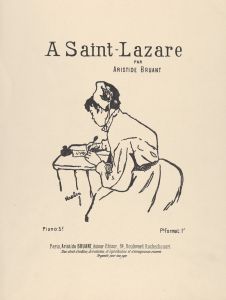
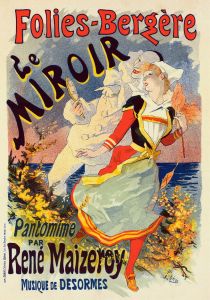
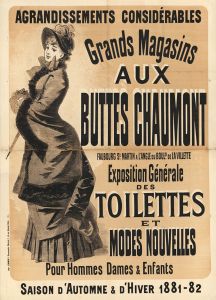
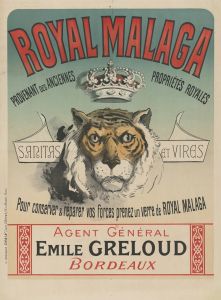

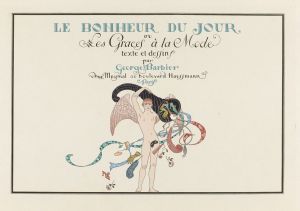
![The Inland Printer cover design [Valentine issue, February 1895].](/imgs/269674/s/will-bradley-the-inland-printer-cover-design-valentine-issue-february-1895-377fff20.jpg)

